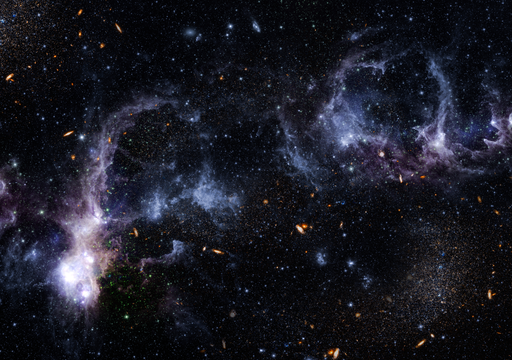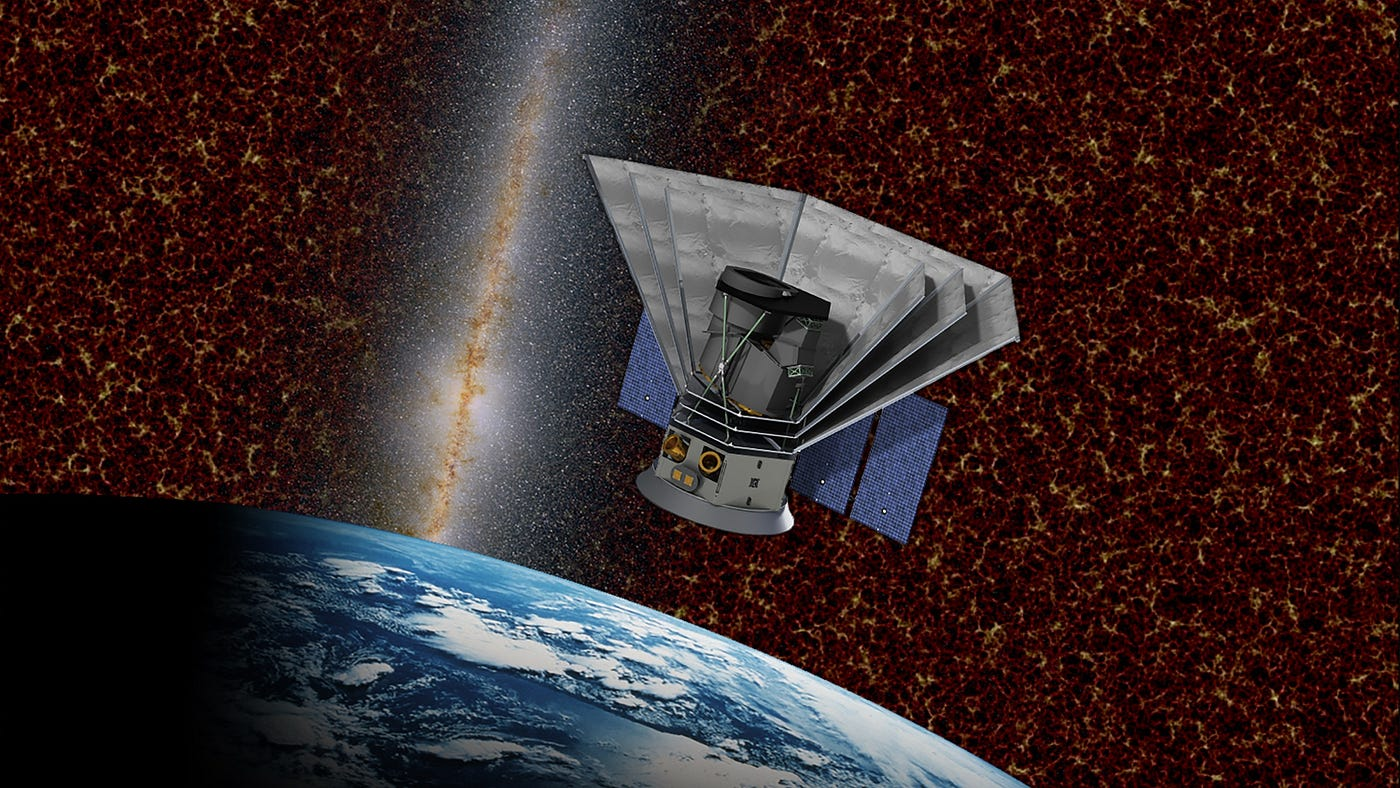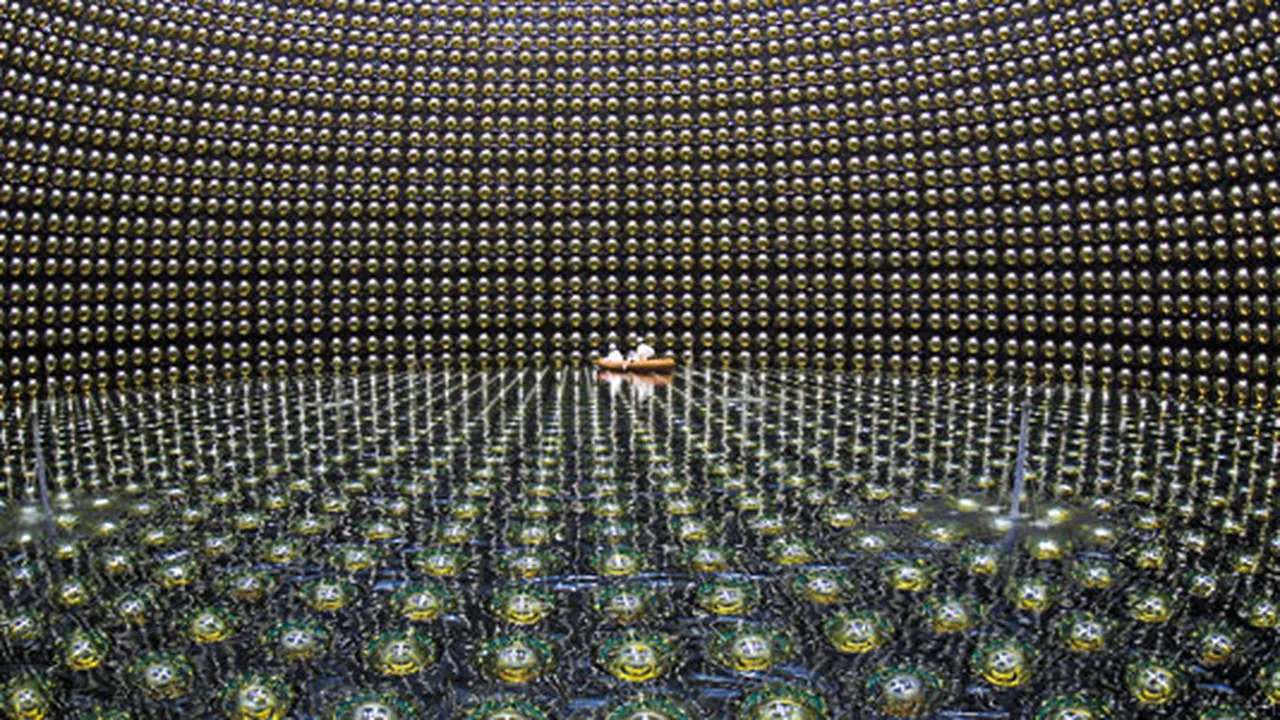zoomacademia.com – The universe, vast and mysterious, is made up of more than just the stars, planets, and galaxies that we can observe. In fact, about 95% of the universe’s mass-energy content is invisible to us. This is comprised of dark matter and dark energy, two of the most perplexing and enigmatic phenomena in modern physics and cosmology. Though these two concepts dominate the cosmos, we have yet to fully understand their nature, composition, or even their fundamental properties. In this article, we will explore what dark matter and dark energy are, how they were discovered, and what scientists are doing to unravel their mysteries.
What is Dark Matter?
Dark matter is a form of matter that doesn’t emit, absorb, or reflect light, making it completely invisible to traditional methods of detection. Despite its invisibility, we know dark matter exists due to its gravitational effects on visible matter. It was first theorized in the 1930s by Swiss astronomer Fritz Zwicky, who observed that galaxies in clusters were moving much faster than expected, based on the amount of visible matter they contained. Zwicky proposed that unseen “dark” matter must be providing additional gravitational pull to hold the galaxies together.
Since then, evidence for dark matter has grown stronger. In the 1970s, astronomer Vera Rubin’s study of the rotation curves of galaxies showed that stars at the outer edges of galaxies were moving faster than expected, implying there was unseen mass exerting gravitational influence. More recent discoveries, such as the cosmic microwave background radiation and gravitational lensing, have further confirmed the presence of dark matter.
Although scientists can’t see dark matter, they know that it must exist because it accounts for approximately 27% of the universe’s mass-energy content. If dark matter didn’t exist, galaxies would fly apart, and the structures we see in the universe wouldn’t behave as they do. The true nature of dark matter remains elusive, but scientists believe it consists of yet-to-be-discovered particles that don’t interact with electromagnetic radiation (light), making them incredibly hard to detect.
Candidates for Dark Matter include:
- WIMPs (Weakly Interacting Massive Particles): Hypothetical particles that could interact with regular matter via the weak nuclear force.
- Axions: Extremely light, weakly interacting particles that could also make up dark matter.
- MACHOs (Massive Compact Halo Objects): These are objects like black holes or brown dwarfs, though they are considered an unlikely primary source of dark matter.
What is Dark Energy?
While dark matter is thought to account for the gravitational effects we observe in the universe, dark energy is believed to be responsible for the accelerated expansion of the universe. It is a mysterious force that seems to act in opposition to gravity, pushing galaxies away from each other rather than pulling them together.
The discovery of dark energy dates back to 1998, when two independent teams of astronomers were studying distant supernovae. They expected that the expansion of the universe, which began after the Big Bang, would be slowing down due to the gravitational pull of matter. Instead, they found that galaxies were moving away from each other at an accelerating rate. This surprising result led to the conclusion that some unknown energy source must be driving the expansion of the universe.
Today, dark energy is thought to make up about 68% of the universe’s total mass-energy content. Its precise nature is still unknown, but the most widely accepted theory is that dark energy is a form of vacuum energy or a property of space itself. In this theory, even “empty” space has a small energy density, and this energy is causing space to expand at an accelerating rate.
Scientists are working on several potential explanations for dark energy, including:
- Cosmological Constant (Λ): Proposed by Einstein in 1917 as part of his theory of general relativity, it represents a constant energy density inherent to space itself, now thought to be the most likely candidate for dark energy.
- Quintessence: A dynamic form of dark energy that changes over time and could explain the acceleration of the universe in a way that the cosmological constant does not.
The Relationship Between Dark Matter and Dark Energy
Although both dark matter and dark energy are invisible and poorly understood, they play complementary roles in the evolution and structure of the universe. Dark matter acts as the scaffolding that holds galaxies and galaxy clusters together, while dark energy drives the acceleration of the universe’s expansion.
These two mysterious forces are essentially in competition:
- Dark matter works to pull objects together via gravity, keeping galaxies intact and influencing their motions.
- Dark energy pushes galaxies apart, causing the expansion of the universe to accelerate.
Despite their opposing effects, scientists suspect that both dark matter and dark energy are essential to the overall dynamics of the universe.
Why Do We Care About Dark Matter and Dark Energy?
Understanding dark matter and dark energy is crucial because they constitute the vast majority of the universe’s content and influence its past, present, and future. Without dark matter, galaxies would not form as they do. Without dark energy, the universe would have stopped expanding, or perhaps even collapsed back in on itself, by now.
Moreover, uncovering the nature of dark matter and dark energy could provide profound insights into the fundamental laws of physics. They could reveal new particles, forces, or even aspects of reality that we don’t yet understand. Discovering the source of dark matter and dark energy might lead to a revolution in our knowledge of the universe, potentially opening up new realms of research in particle physics, cosmology, and fundamental forces.
Current Efforts and Challenges
While scientists have made significant progress in studying dark matter and dark energy, many challenges remain. Experimental evidence is difficult to obtain, and both phenomena appear to be highly elusive to detection. That said, new technologies and observatories continue to push the boundaries of our understanding.
- Large Hadron Collider (LHC): Particle collisions at the LHC are being used to look for evidence of dark matter particles such as WIMPs.
- The James Webb Space Telescope (JWST): With its advanced capabilities, JWST is expected to provide new insights into the early universe, dark matter, and possibly dark energy.
- Gravitational Wave Observatories: LIGO and Virgo may also shed light on the behavior of dark matter and dark energy through their study of cosmic events.
Conclusion
Dark matter and dark energy are two of the greatest unsolved mysteries in physics and cosmology. Together, they make up the majority of the universe’s mass-energy content, yet we cannot directly observe them. As scientists continue their efforts to understand the fundamental properties of these forces, the search for answers will shape the future of physics. Whether it’s through experimental particle research, new astronomical observations, or novel theoretical models, the quest to uncover the mysteries of dark matter and dark energy promises to be one of the most exciting frontiers in science for decades to come.







